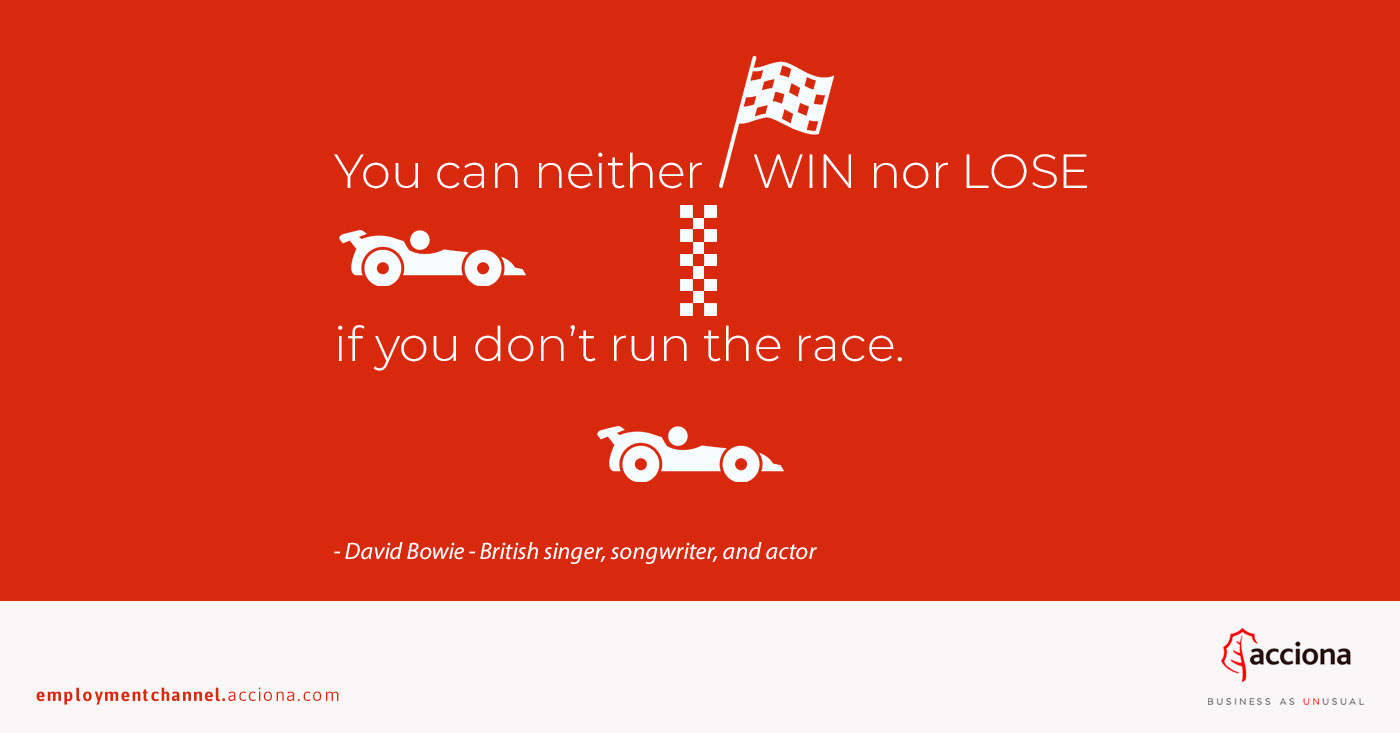It’s been a while since we stopped talking about bosses and started talking about leaders within work environments. The former is considered an authority or power figure that has gained some negative connotations due to some concepts associated to it: imposition, fear, coldness…However, we speak about a good leader at work when that person spearheads his team without abusing his authority and promoting synergies in the team.
Granted that using the term leader in work environments provides more reassurance than the word boss. But it’s not enough to proclaim yourself as one, there are a series of features, skills and types which draw a distinction between what is true leadership and what is not.
Leader at work, the path to professional fulfilment

Turning a boss into a leader is not an impossible task, but it is indeed complex. There are many external factors that condition changes, and many of them are due to the place we start working in itself. Innovative, sustainable and multicultural organizations have a greater chance of success by turning their bosses into leaders than traditional ones.
A company open to current world issues such as climate change, renewable energies and inclusion of every social group favours the flexible and intuitive character of those with an inclination to leadership. What other features must a good leader have?
People, ideas, creative management
Leaders in work environments always question what they have learned so far. There´s no limit to the knowledge they’re able to acquire regarding a particular field, and that’s why they perceive the rest of their colleagues as equals: you can learn from everybody. This also includes self-learning. In the words of Nelson Mandela, “it is impossible to lead others if we don’t learn how to lead ourselves”.
This self-assessment enhances their optimism and enthusiasm, usually contagious, and their vision of where they would like to be. In fact, that is their most noticeable feature, since leaders in a workteam are capable of inspiring others through their experience.
They care about people, their ideas and their potential to carry them out. Good leaders dedicate time to know their workteam, and they’re motivated by the achievements and triumphs of its members.
Among the most important skills attributed to good leaders we can find: proper task assignment (according to aptitudes), good communication, tolerance for own mistakes and those of others, and personal and professional growth in everything they do.
Types of leaders within working environments
We have talked to you about level 5 leadership already, a model with a global vision regarding the company’s results. In this article, we’re going to focus on the five leadership types usually identified by psychology:
- Laissez-faire. They don’t usually intervene and they let the members of a group do what they do best, without formal restrictions. This model is based on the experience and professional motivationof employees, who are capable of carrying out their duties without supervision. The improvement in creativity is its biggest advantage, but it can lack control and generate inefficiency.
- The leader concentrates power and makes decisions on his own, which is a great advantage when the work pace is more frantic, thus increasing productivity. It’s particularly effective for interns and unexperienced workers. Among its disadvantages, it does not take other professionals’ opinion into account as much, thus hindering synergy generation.
- Also called participatory leadership. All options and possibilities are discussed, although the final decision is in the leader’s hands. The most remarkable advantage of this leadership type is that every member of the team is involved —thus promoting integration—, but it can prolong procedures, and opinions capable of creating conflict and divide may arise, too.
- The most remarkable feature of this leadership model is its result-oriented nature. Motivation is managed through a reward system. This is also one of its weak points, since such rational leaders leave the emotional character of a good supervisor behind.
- This type of leader is the one most capable of conveying his changing process to the team. Their communicative ability allows them to enhance the expectations and perceptions of their environment. Contrary to the previous model, one of the disadvantages of this leadership type is that it’s focused mainly on emotional intelligence, leaving more rational aspects aside.
The leader we all should be
Which type of leader is the best? The answer is none, and all of them at the same time. There will be professional situations in which you’ll have to present yourself as more authoritarian and focused on goals and material rewards. But there will be other occasions when your communicative and motivational skills are key to achieve success.
What we’re trying to say is that in order to be an excellent leader at work you must be flexible regarding organizational and team-related changes. How do you earn that adaptive capacity? Through years of experience, team management and development of your own professional skills.
Sources: El País, Estar donde estés, Psicología Y Mente, El Español
At ACCIONA our aim is for our workforce to be made up of the best professionals around. We want people who wish to contribute in designing a better planet. Discover our job-offers available worldwide.


